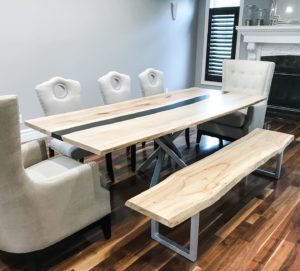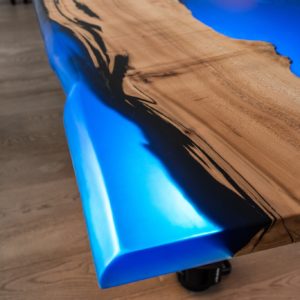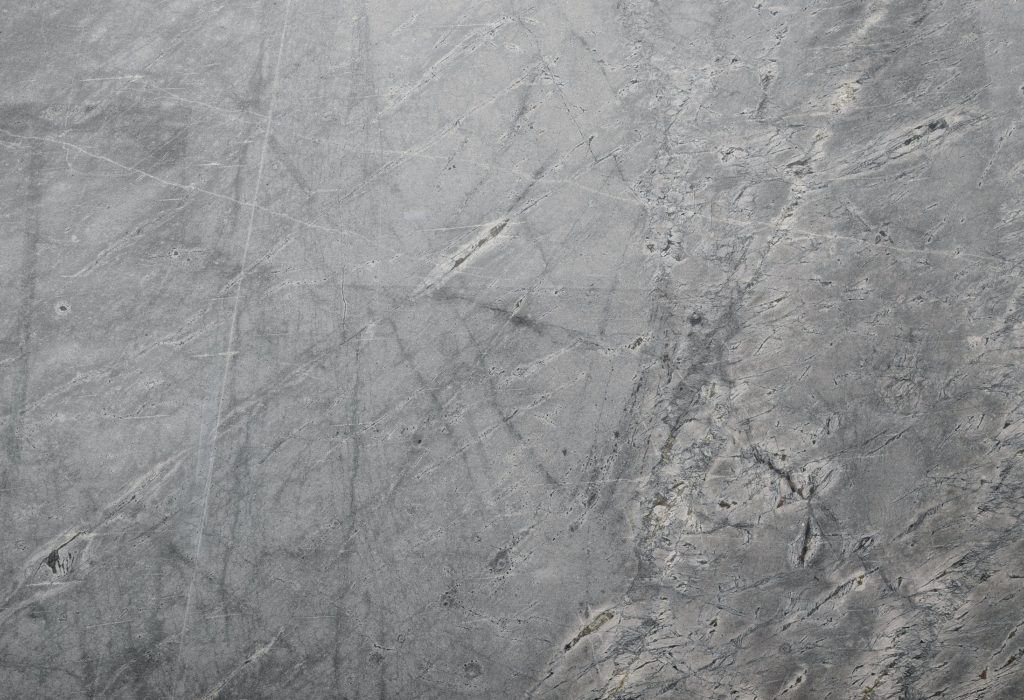blog
Live Edge Furniture & Concrete: How They Can Be Paired
A material is making a big splash in the furniture-making world: concrete! Only a few decades ago, saying you’d make furniture out of this hard, grey material would have been a laughable idea; now, concrete is a key part of many modern home designs. When a live edge slab of local London wood meets the concrete, they work together to make a piece of furniture that is as unique as it is gorgeous!
Concrete Isn’t What You Think!
 Concrete is a simple material made up of three ingredients: Portland cement, water, and an aggregate like sand or gravel. Rather than just forming crude slabs, this mixture can be poured into moulds and harden into many different forms. The ratio of water to dry ingredients should be enough so that the cement is a plastic, viscous substance that can flow smoothly into the mould.
Concrete is a simple material made up of three ingredients: Portland cement, water, and an aggregate like sand or gravel. Rather than just forming crude slabs, this mixture can be poured into moulds and harden into many different forms. The ratio of water to dry ingredients should be enough so that the cement is a plastic, viscous substance that can flow smoothly into the mould.
In furniture making, the versatility and moldable characteristics of concrete make its design potential almost endless. We can pour concrete much as we would epoxy on a river table! But don’t think that the final product will be super heavy – there are tricks to make it stronger and lighter!
For instance, there’s a kind of concrete called glass fibre reinforced concrete (GFRC). Mixed into the concrete are small glass fibres that create a matrix that strengthens the final concrete. Slabs of GFRC can be much thinner than other types of concrete, letting craftspeople use them in a wide variety of projects!
Idea: Concrete Base, Live Edge Tabletop
Concrete is an excellent material to use as an accent to the live edge wood. A live edge table with concrete has beautiful textures that contrast and complement each other, which is a great look when wanting unique furniture. It makes concrete an ideal material for the base of a table you won’t move, like a picnic or outdoor harvest table.
Concrete furniture, by its nature, easily becomes the centre of attention as bold accent pieces. Concrete can be moulded into original forms, unusual designs, and more adventurous styles when used as a base. However, concrete makes for an excellent tabletop, too!
Idea: Blend The Two As Your Tabletop
 Concrete can be poured into a melamine mould to make a tabletop that suits your design needs. When concrete cures on melamine, it ends up very flat and smooth – perfect for the edges and surface of your table. A blend of concrete and sealed live edge wood can make a beautiful river table – or a reverse river table, with a live edge slab surrounded by smooth concrete.
Concrete can be poured into a melamine mould to make a tabletop that suits your design needs. When concrete cures on melamine, it ends up very flat and smooth – perfect for the edges and surface of your table. A blend of concrete and sealed live edge wood can make a beautiful river table – or a reverse river table, with a live edge slab surrounded by smooth concrete.
It all depends on your design goals. When choosing dining tables that use concrete and live edge wood, you may want to go for more minimalist looks. With an aesthetic that conveys rough and rawness, concrete is excellent next to the warmer colours of smooth, natural wood. In a dining or living room, concrete also complements soft pastel block colours well.
Talk to the Rustix team – you’ll see that concrete is as versatile a material as any you’ll find. Whatever your project’s size – whether it’s a centrepiece, a side table, or something for the outdoors – live edge furniture made with concrete will tie any space together with the solidity of its design and frame!

